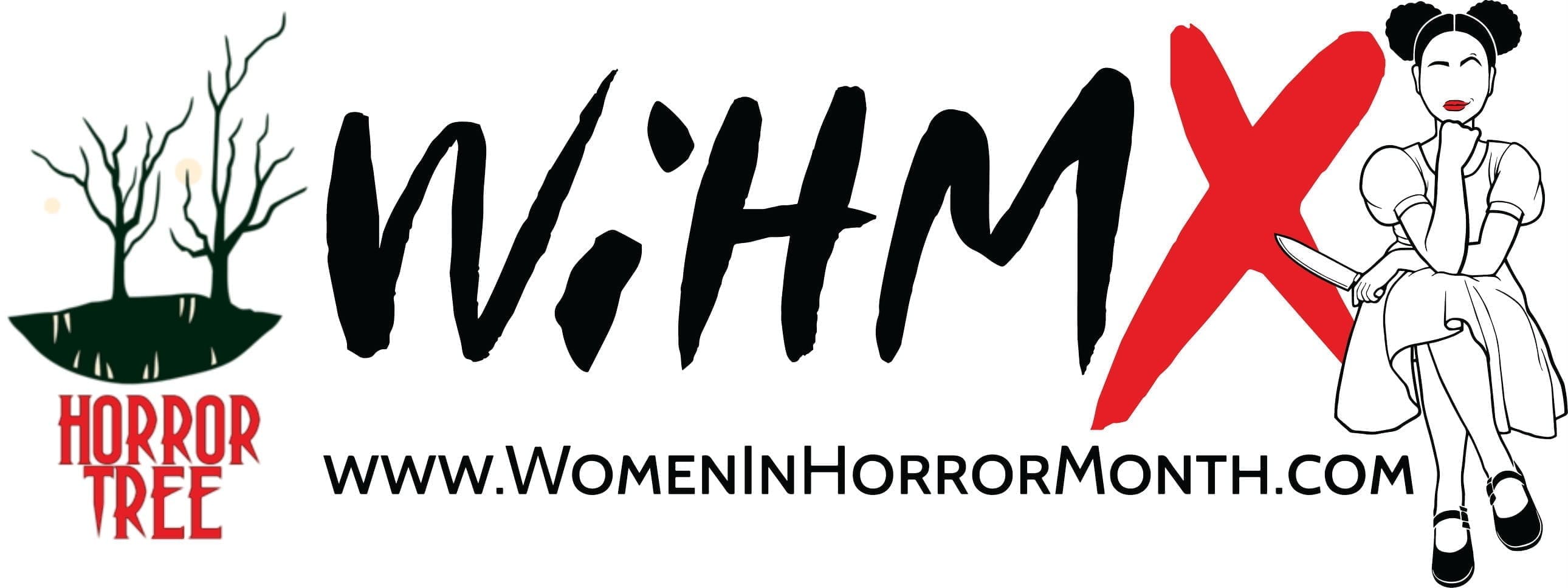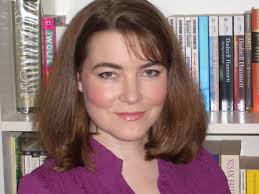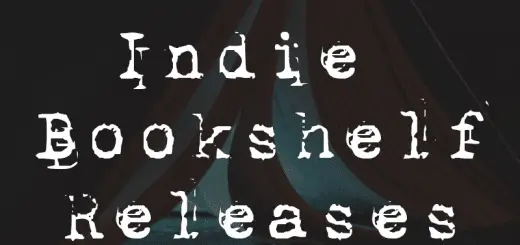WIHM: The Invisible Woman

In the wonderful TV series Feud: Bette and Joan, Jessica Lange as the ageing film star Joan Crawford laments there are only three kinds of roles written for women: “ingénues, mothers and gorgons”. This seems to be the case in horror fiction too. Where are all the middle-aged female characters?
I’ll tell you what got me thinking about this.
My short story, “Hair and Teeth”, first published in Aurealis #113, is about a middle-aged woman who suspects that her relentless vaginal bleeding is not due to menopause but something a lot more disturbing. Before turning my hand to fiction, I used to write health and medical information. I’ve always been fascinated and freaked out by the countless illnesses that afflict the human body and psyche. Medical snippets often find their way into my horror fiction.
Of “Hair and Teeth”, an editorial member of the Aurealis team, David Catt, wrote: “This story unbalanced my expectations with its cloying sense of unease, isolation, paranoia, and impending dread. I also enjoyed the diversity of a middle-aged female protagonist. Delightfully unsettling”. I was thrilled with his feedback, yet one of his observations struck me. Catt is right: middle-aged female protagonists are rare.
What baffles me is why. Horror fiction taps into our universal fears of disease, pain, decline and mortality. What better vehicle to explore these issues than the female body? Our reproductive system is a complicated (and some would say infernal) machine, with its visceral and bloody offerings of menstruation, pregnancy and childbirth. A lot of things can—and do—go wrong with these processes. But during the menopausal years, the female reproductive system tends to gleefully jump off the rails altogether.
While some women breeze through “the change”, others grapple with heavy and painful periods, mood swings, anxiety, depression, unbridled weight gain, insomnia, night sweats, an increased risk of various gynaecological problems including six different types of cancer, and that’s just for starters. Surely, the middle-aged woman is ripe fodder for all kinds of horror stories including body-, supernatural- and psychological-subgenres.
So, why the lack of representation?
One of my writing colleagues, aged in her early sixties, maintains that women past their reproductive prime become socially invisible. Does this invisibility carry over into fiction? I once met a writer who disliked creating female characters, especially older ones, and considered them a “necessary evil” to augment male characters—and this writer was an older woman herself. A form of self-imposed erasure? Maybe. Whatever the case, I don’t understand. Why exclude characters that could spring, authentically, from your own life experiences?
It’s not the marketplace rejecting these characters, it’s the writers themselves. “Hair and Teeth” will be reprinted in Year’s Best Hardcore Horror #4, due for release in April 2019. One of the editors, Randy Chandler, told me, “Your tale is just the sort we hope to get—extremely disturbing, highly original and of course well written. Body horror dealing with universal fears. Great stuff.”
As horror writers, we really need to start giving middle-aged female characters their own spotlight.
Deborah Sheldon
 Deborah Sheldon is a professional writer from Melbourne, Australia. She writes short stories, novellas and novels across the darker spectrum. Her latest releases, through several publishing houses, include the noir-horror novel Contrition, the dark fantasy and horror collection Perfect Little Stitches and Other Stories (winner of the Australian Shadows Award “Best Collected Work 2017”), the dark literary collection 300 Degree Days and Other Stories, the creature-horror novel Devil Dragon, and the bio-horror novella Thylacines. Deb’s short fiction has appeared in dozens of well-respected magazines such as Island, Quadrant, Aurealis, SQ Mag, and Midnight Echo. Her work has been shortlisted for numerous Aurealis Awards and Australian Shadows Awards, long-listed for a Bram Stoker Award, and included in “best of” anthologies. Other credits include TV scripts, feature articles, non-fiction books, stage plays, and award-winning medical writing. Visit Deb at http://deborahsheldon.wordpress.com.
Deborah Sheldon is a professional writer from Melbourne, Australia. She writes short stories, novellas and novels across the darker spectrum. Her latest releases, through several publishing houses, include the noir-horror novel Contrition, the dark fantasy and horror collection Perfect Little Stitches and Other Stories (winner of the Australian Shadows Award “Best Collected Work 2017”), the dark literary collection 300 Degree Days and Other Stories, the creature-horror novel Devil Dragon, and the bio-horror novella Thylacines. Deb’s short fiction has appeared in dozens of well-respected magazines such as Island, Quadrant, Aurealis, SQ Mag, and Midnight Echo. Her work has been shortlisted for numerous Aurealis Awards and Australian Shadows Awards, long-listed for a Bram Stoker Award, and included in “best of” anthologies. Other credits include TV scripts, feature articles, non-fiction books, stage plays, and award-winning medical writing. Visit Deb at http://deborahsheldon.wordpress.com.











